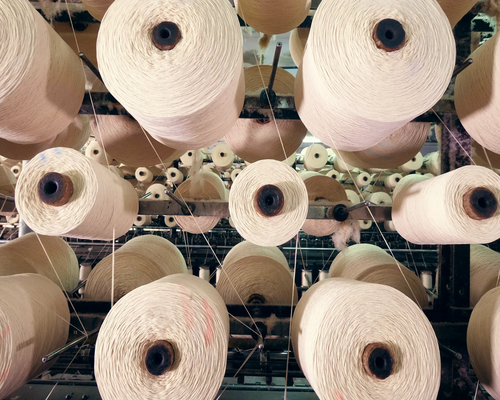What does the ipbes look like?
The IPBES looks like a lot of intergovernmental organisations: it is organised in a slightly complex structure. It is worth noting the two most important elements of which it is composed are the following:
- a plenary assembly. It is made up of representatives of the Member States and meets once a year.This is where major decisions are taken and IPBES work is approved before being published. Within a decade, the IPBES has won over and grown as a result: its plenary sessions now bring together nearly 140 States (out of 195 in the world), as well as numerous observers from civil society.
- a multidisciplinary expert panel (MEP). It is the IPBES's real raison d'être: gather the brightest minds in science to better understand the state of biodiversity. For the sake of representativity, the panel's composition is very carefully established: each of the five UN regions sends five scientists.There are, therefore, 25 scientists in total. What is their job? Supervise all the platform's technical and scientific functions.
As its name indicates, the strength of this panel is its multidisciplinarity. There are subsequently: biologists, botanists, ecologists, geographers, political scientists, economists, agronomists and anthropologists. . It should be noted that dozens of other scientists support this panel, contributing, on an ad hoc basis, to the platform's various publications.








